In the News
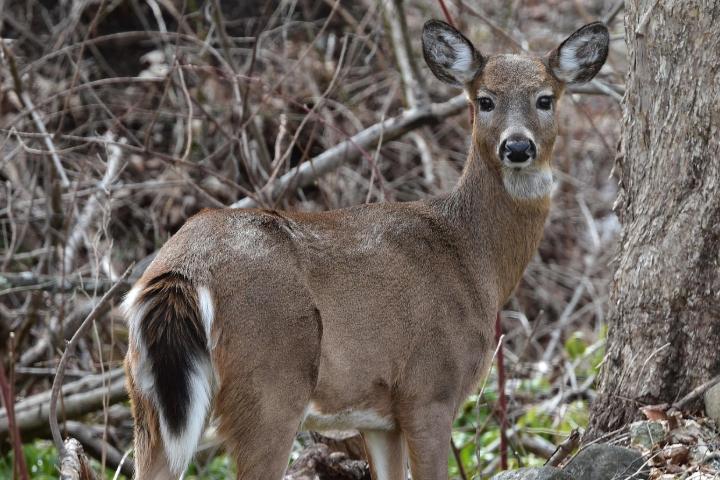
September 19, 2025
Cornell's Krysten Schuler co-authored a study that developed an artificial intelligence–driven model designed to enhance the early detection of wildlife diseases, such as chronic wasting disease, while reducing the costs associated with traditional models.
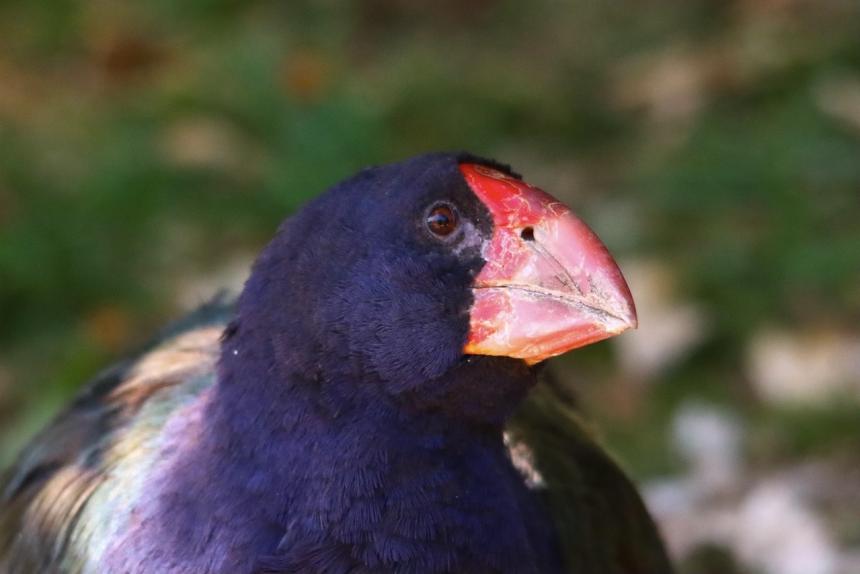
September 03, 2025
New Zealand is racing to protect the imperiled kākāpō parrot species from the global spread of avian influenza through proactive measures, including the vaccination of captive breeding populations ahead of migratory bird arrivals.
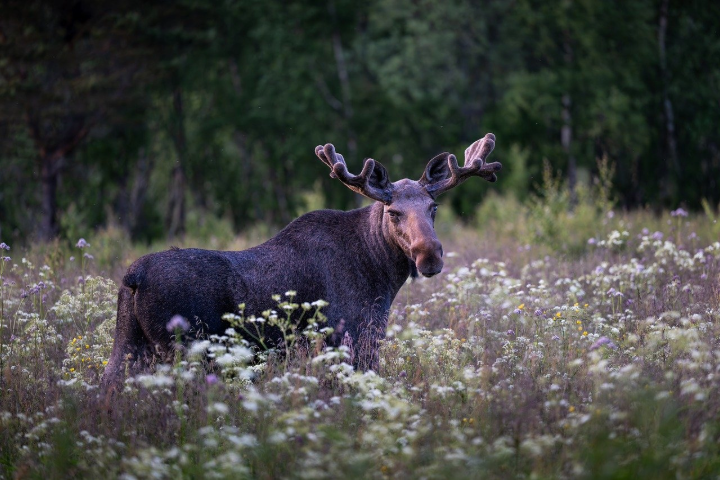
August 08, 2025
Wildlife researchers have found that the transmission of deer parasites is hindering the growth of New York's moose population.
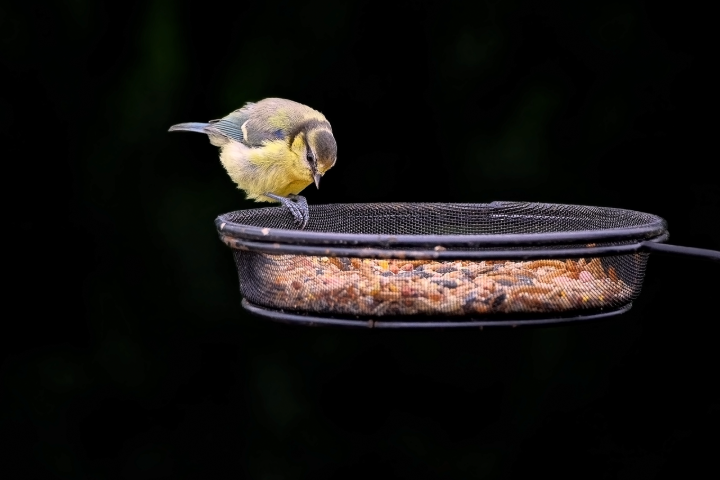
May 20, 2025
As bird flu continues to spread, Dr. Krysten Schuler of the Cornell Wildlife Health Lab offers expert advice on best practices for bird enthusiasts to maintain a safe, healthy feeder this spring.
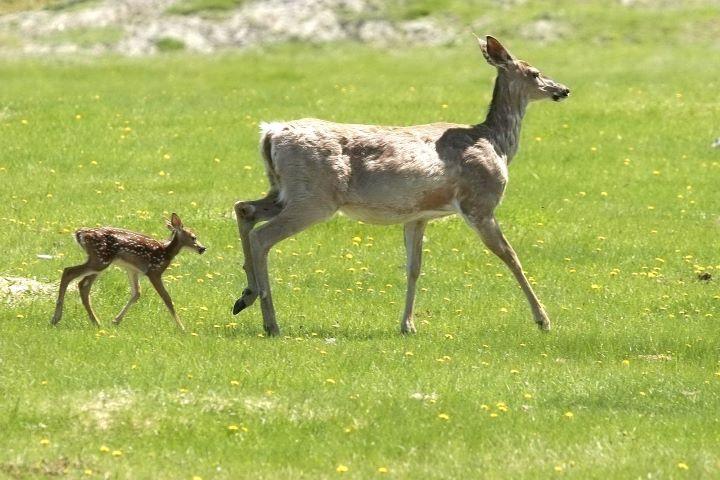
For Your Information
April 22, 2025
A recent study examines the challenge of determining the sample size needed to confidently declare a local wildlife population disease-free—an essential factor in effective disease surveillance and wildlife health management.
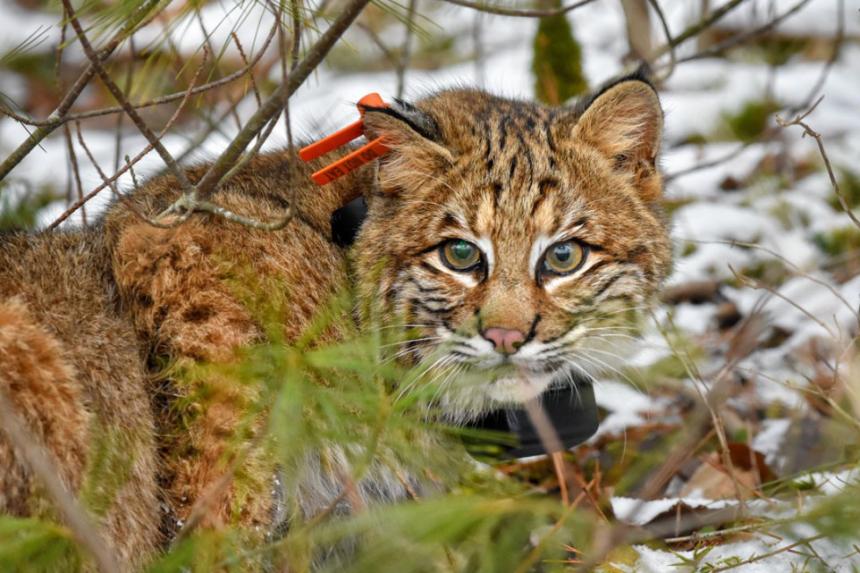
April 17, 2025
Avian influenza – which has devastated poultry flocks, wildlife populations and increasingly poses a public health risk – has now been confirmed in wild bobcats in New York state, according to a new study by Cornell scientists.
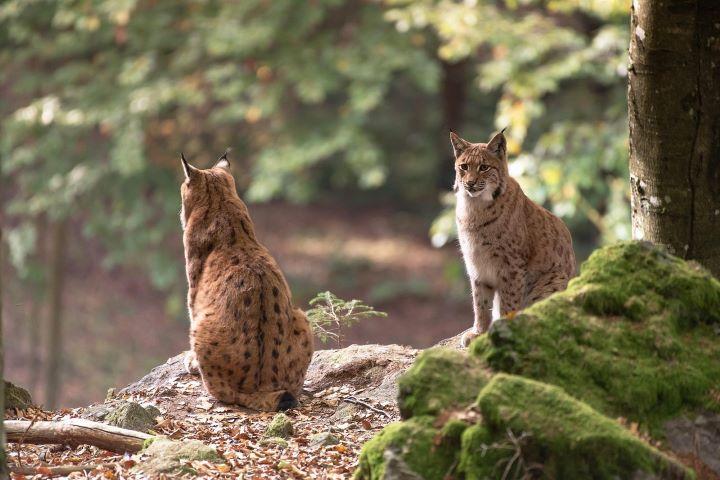
For Your Information
March 26, 2025
A recent study by Cornell researchers assessed the presence of antibodies for highly pathogenic H5N1 influenza A in live-captured bobcats in New York.
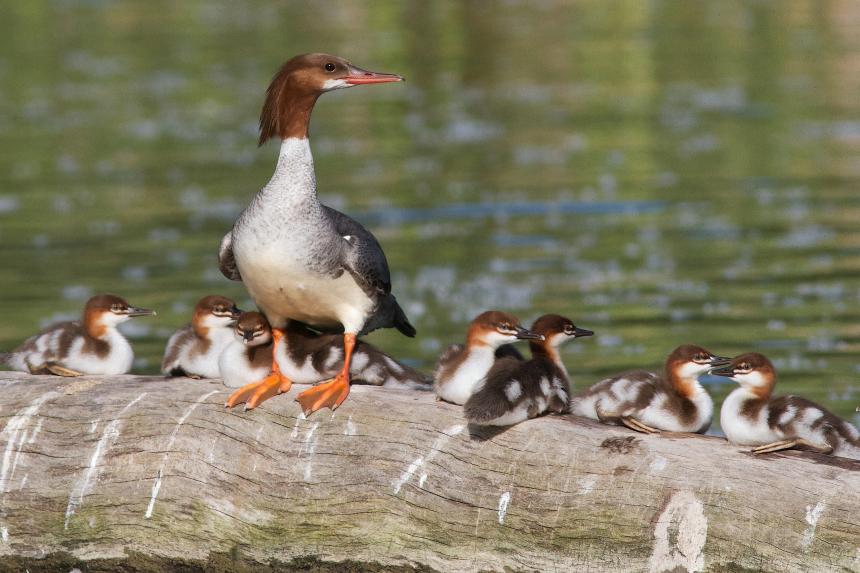
February 21, 2025
News and guidance on avian influenza is scattered across government and state agency websites, and rampant misinformation is spread across the internet. In response, Cornell has launched a comprehensive resource that offers a one-stop clearinghouse for the most current and trustworthy information on bird flu.
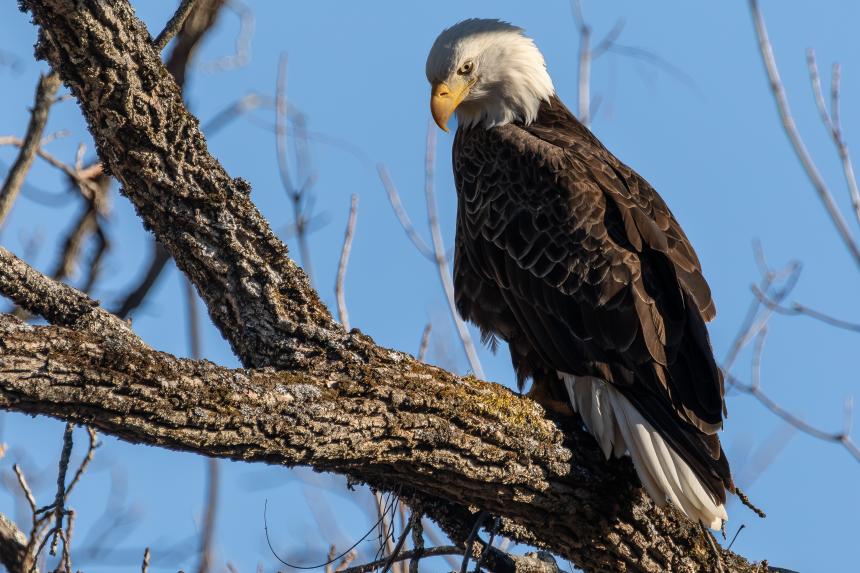
February 12, 2025
Recent reports of dozens of dead snow geese have been linked to an outbreak of highly pathogenic avian influenza, otherwise known as bird flu, in New York's Seneca County and neighboring counties. Cornell's Dr. Krysten Schuler provides some advice to reduce people's exposure to the virus.
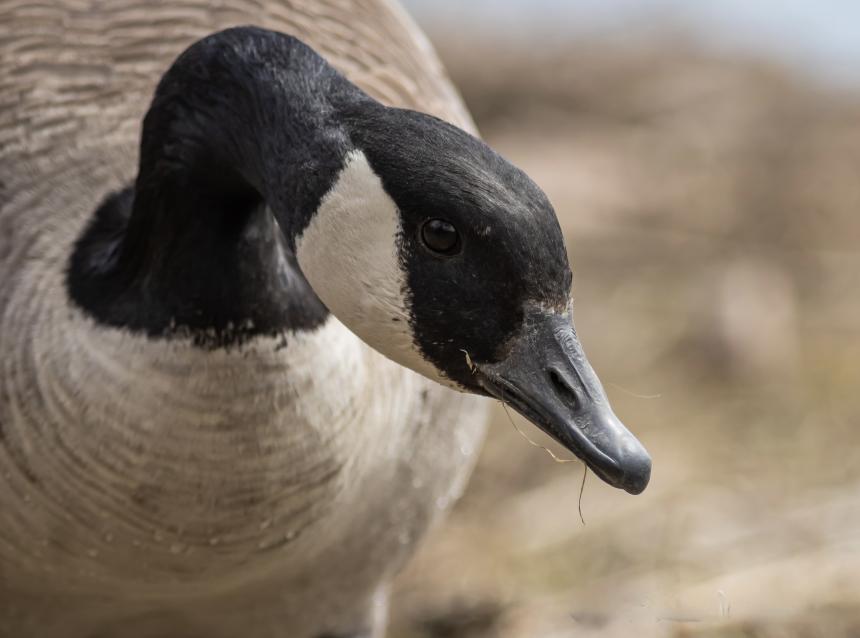
February 03, 2025
Five species of commonly hunted waterfowl in the northeast Atlantic Flyway were found to harbor contaminants that could impact the health of the birds, as well as the hunters and others who consume them.
